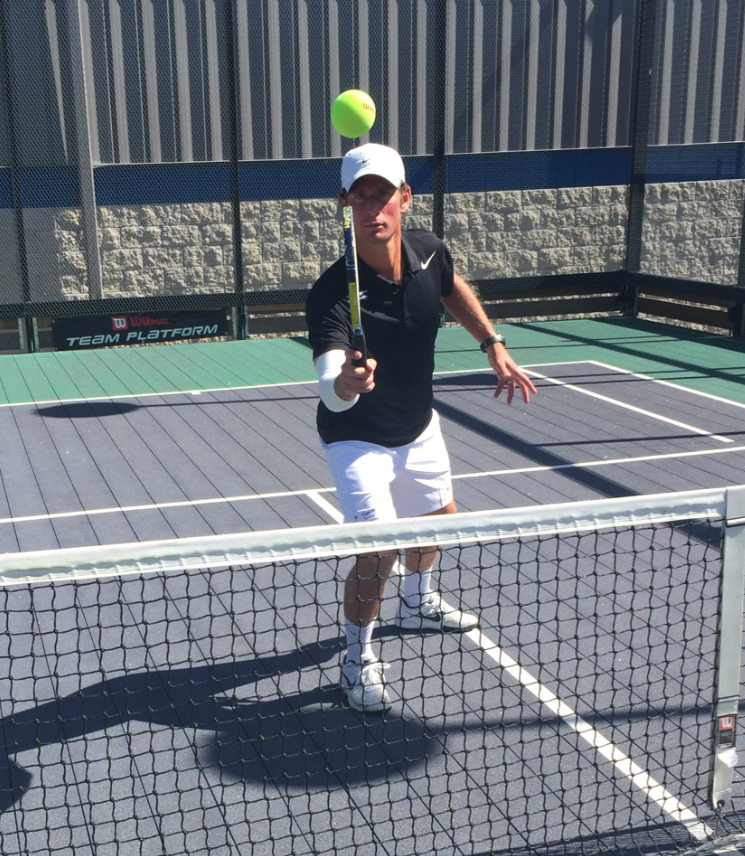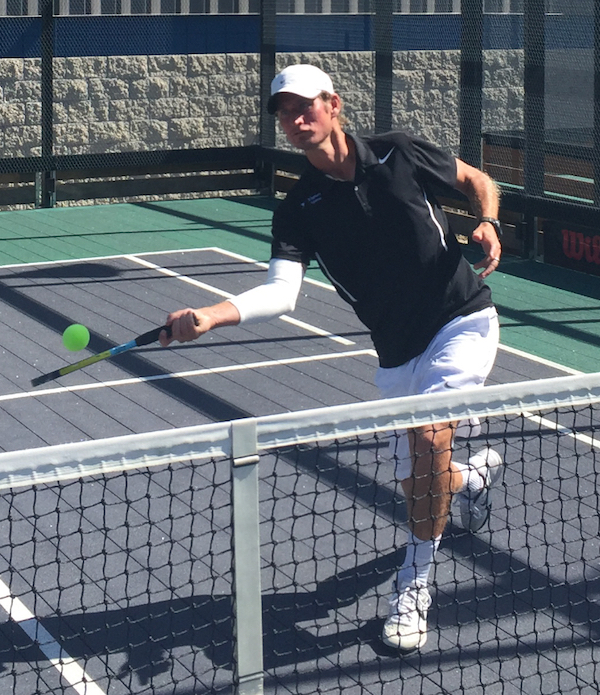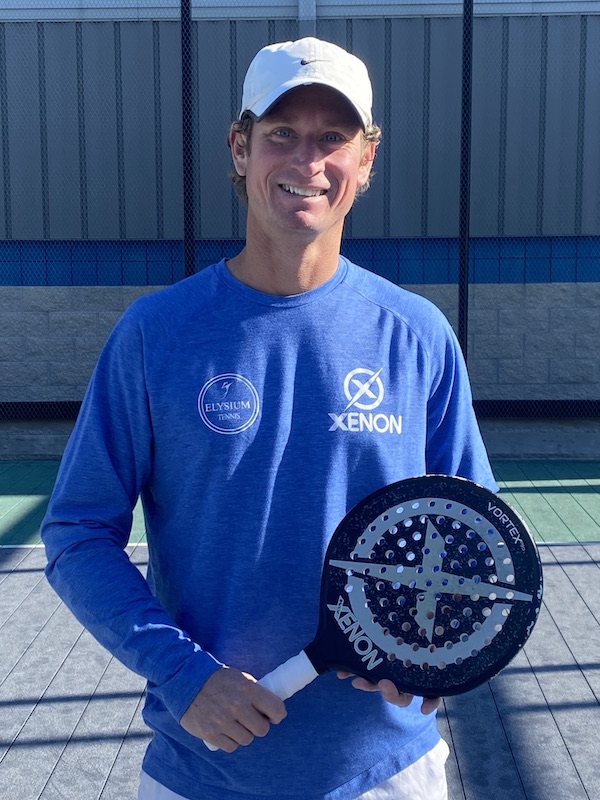NEWS
Risk vs Reward - When lower percentage can be productive

We all know that platform tennis is a numbers game. The numbers show, in dramatic fashion, that it is a game of errors, or maybe even more appropriately, a game of stability. The team that can be the most stable throughout the match is going to win. However, sometimes it is acceptable to hit a lower percentage shot with high risk but high reward. Most of us call this “my favorite shot.” No doubt all of you who are reading this are already picturing the shot you love to hit. If you are lucky, it is a 50/50 shot. Most times it is less than that, so how is it ever a good idea?
You Have To Show It To Them

When I teach or play with members at the club, I always talk about high-percentage shots and what statistically would have been a better play than the shot they just attempted. My typical comment is: “Don’t hit that shot again! How many times are you going to make that out of ten?!”
One client almost always responds: “I don’t know, but sometimes it is sick!” As exasperating as her response is to a coach, it is interesting that she may have a valid point. If you show someone you are willing to hit a “sick” shot, like the cutter, especially early, it can often act as a deterrent even if you do not execute the shot. We have all been in a match situation when you hit a ball to a certain spot, expecting a traditional response, and your opponent hits a spectacular shot back. Of course, it is a huge bonus for your opponent if the shot works. But even if he misses it or if it clips the tape, I might say to my partner, “I won’t go there again!” My partner and I have no idea that it was a low-percentage shot by our opponents and since they “showed it to us,” we may alter our shot selection based on that one point.
Play The Score
Following the “sometimes it’s sick” philosophy presupposes that you are actually capable of making the shot you are hitting. If you are up 3-2, 40-0, and you have an opportunity to take a swing at your 50/50 ball, then it does not especially hurt to do so. Of course, if you are down 3-2 and have multiple game points against you, it would be foolish to attempt such a shot. Playing the score in this situation would mean playing more conservatively, affording your opponents the opportunity to make an error. Even if you were to make “your favorite shot” in this second scenario and the result is a point in your favor, you are still down 3-2 and have another game point against you. If you miss the shot, with that one low-percentage swing, you are down 4-2. No matter how tempting it may be, make sure that when you attempt your high-risk shot, the result will be beneficial or at least won’t cause harm to your team.
Know Your Opponent
Paddle is the ultimate breakdown sport. If your opponent can only make 10 screens in a row, then make them hit 11 every point. What do you do if you play someone like Drew Broderick who has not missed a screen since the 2006 Charities? In these matchups, it is important to be aware that you may have to play a little riskier to get the better of your opponent. Patience is imperative and, as mentioned before, you should always play the score, but when you get the rare opportunity to try to “end” the point against this type of player, it is a risk worth taking.
Whether you are a tournament player or playing in your league match, the team that makes the least amount of errors will always win the match. No one wins paddle matches by hitting the most winners, but we all like to go for the flashy shots now and again. These shots, when used at the right time, can be beneficial. Just remember who or what type of player you are playing against, and the point in the match when you are going to attempt it. Do not be afraid to show them you are willing to hit the shot and it can work in your favor. Sometimes it’s “sick!”

Brian Heil is an Owner and Tennis Professional at Elysium Tennis in Columbus, Ohio. He has been ranked as high as #5 in the country in platform tennis.


